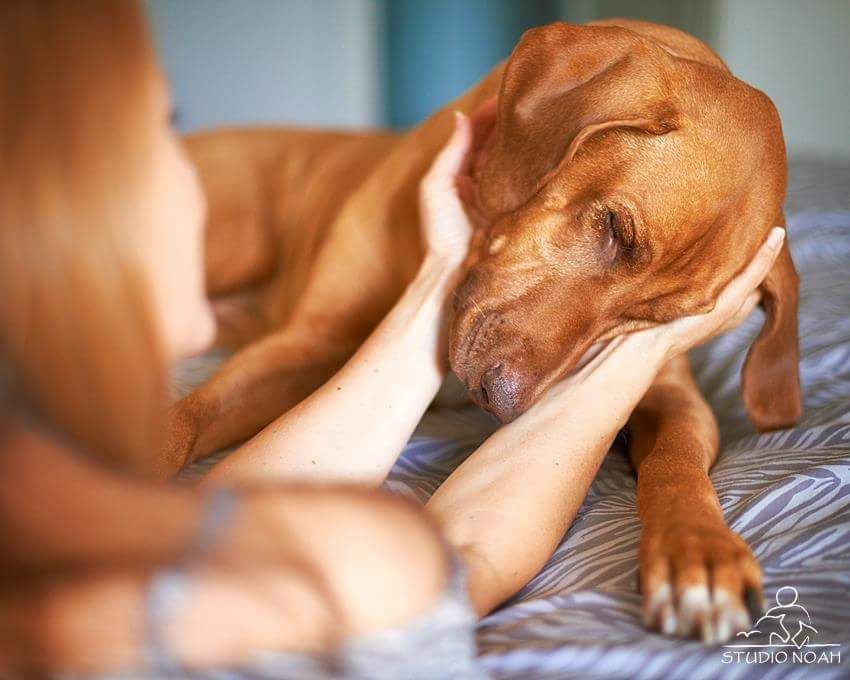 Zuri
Zuri Zuri left peacefully in her favourite place, surrounded by her favourite people, head cradled in my hands. And by some miracle, my heart kept beating. It wasn’t the same heart any more. There was a huge Zuri-shaped hole which had once been an overflowing of joy, love, companionship, contentment and endless gratitude. At times I was angry at this heart for continuing on as if everything was the same, for beating around a gaping chasm. How could it carry on when it was bleeding out from a mortal wound?
The task to continue some semblance of living with this defiant heart began. Living in a Zuri-less house was excruciating. For a quiet, easy-to-live with dog, she was conspicuous in her absence. There was no cure for the lack of rhythmic breathing by my side at night. Nor for the loss of enthusiastic greetings upon my return to an empty house. I was solo where once there had been a constant companion quietly by my side.
My grieving was purposeful and deliberate. It had to be. If I was not choreographing rituals and routines to remember my best friend, the grief was overwhelming. If I stopped and looked into the abyss that was my loss, it threatened to suck me into a dark vortex with scant chance of return.
Part of my grieving process included the strict proviso that such an amazing friend could not, would not, should not, must not be replaced until a suitable amount of time had elapsed. Out of respect to her memory. And because she was irreplaceable. I had no idea what the right amount of time was, but never didn’t seem too long to wait.
However, I wasn’t prepared for the inconsolable nature of the sadness. I compromised and visited puppies. They crawled on me, and licked me and suffocated me with puppy breath and unbridled exploratory joy. I heard myself vocalizing in their presence and realized I was laughing. There was no laughter in the empty house. Time stood still and heartache was held at bay during puppy therapy. So I took one home.
On Zuri’s birthday, eyes red and brimming, heart conflicted, I made the decision to return her for a week, hoping the absence would help with making a decision whether it was right to keep her permanently.
I wasn’t prepared for the new grief that ensued. I suspected that it was just the return of a silent, dogless house that precipitated a renewal of sadness. After a few days I realized my plan to wait a suitably respectful time before welcoming a dog into my life was not a good one. The hole Zuri left was too big. I realized that Gidget was not replacing Zuri; she had been helping me cope with the loss of my friend by easing the whirlwind of destructive emotions with an eddy of joyful puppyness. She was not taking away the grief or dishonouring Zuri’s memory but making her loss a little more bearable. This little nutty little puppy that I wouldn’t have chosen had started a healing balm and I didn’t want her to leave. I realized all this too late and through an unexpected turn of events, she was gone and nothing could bring her back.
With a new urgency I needed to fill the painful void. That’s when I found more puppies. This time I resolved to welcome a permanent family member. I picked her while she was sleeping, not knowing if she was already promised to a home or not. She wasn’t.
Video link for email subscribers: https://youtu.be/cCVoLEw-aC0
We spent four days together. Four amazing nights where she slept right through the night snuggled into my neck.
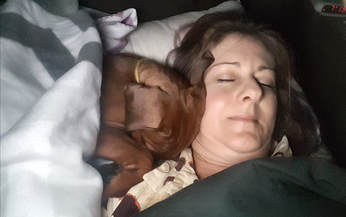
I couldn’t.
It didn’t feel right to drive there with her and go home without her. So I asked for a few days to enjoy her and say goodbye before returning her.
I planned to take her back after the weekend. Then I left it another week. Then a second week. I arranged to take her for a play date with her siblings. I packed all her belongings in the car with the intent of returning her: toys, blankets and a file the breeder had supplied. I didn’t tell the breeder I was actually returning her that day. We chatted. I watched her play. I heard myself acknowledge that I probably needed to return her. It was the right thing to do. Then I gathered her up in my arms, placed her back in the car and took her home, telling the breeder I’d bring her back with all her things later. The breeder noticed Willow’s belongings in the car and silently took note that this was an emotional decision.
I lied.
Not deliberately. I just needed more time to consolidate my thoughts. So many thoughts. Willow was not well. She looked healthy. She acted like nothing was wrong. Yet her life was going to be cut short. Asking a vet for a prognosis is fraught with “what ifs” and unknowns. At best, she might not show clinical signs for 12 months. At worst, her heart could start failing at six months. The biggest question I had to ask was, “Do I really want to go down this road again so soon after caring for and finally losing Zuri?”
There was no simple answer.
I didn’t want a sick puppy. But that’s not what I saw when I looked at Willow. I saw a puppy who I chose as she slept. A puppy who loved to be cuddled and touched. A puppy with a willingness to explore the world despite some hesitation with new environments; a brave scaredy cat. A tail that wagged at the sound of my voice before she knew my voice. A little friend at a time I knew I needed a helping paw. A puppy with a dicky heart and big personality. The eery coincidence of our similar health investigations was not lost on me. We could be dodgy heart buddys together. It didn’t feel right to abandon her after being so immeasurably drawn to her. Despite sleeping on it, I couldn’t exchange her for her rambunctious and robust sister.
I made the call to the breeder with a plea to keep her. I was up for it. She was worth it. The breeder relented and that is the story of the getting of Willow.
What happens next? We enjoy every precious day together. She gifts me the exuberance that is puppy joy, the rhythmic night time breathing, the welcome homes, daily lessons about behaviour and learning and a reprieve from grief. In return I hope to give her a safe place to grow and learn and to have fun. And, when the time comes, a farewell that is not delayed and as stress free as possible. Whatever new grief it is that comes, and it will come, I have decided she is worth it.
Wish us luck.

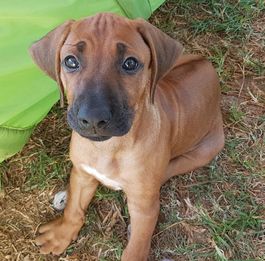
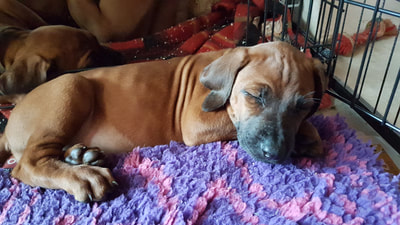
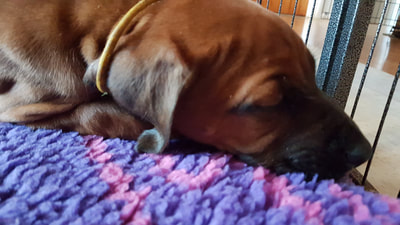
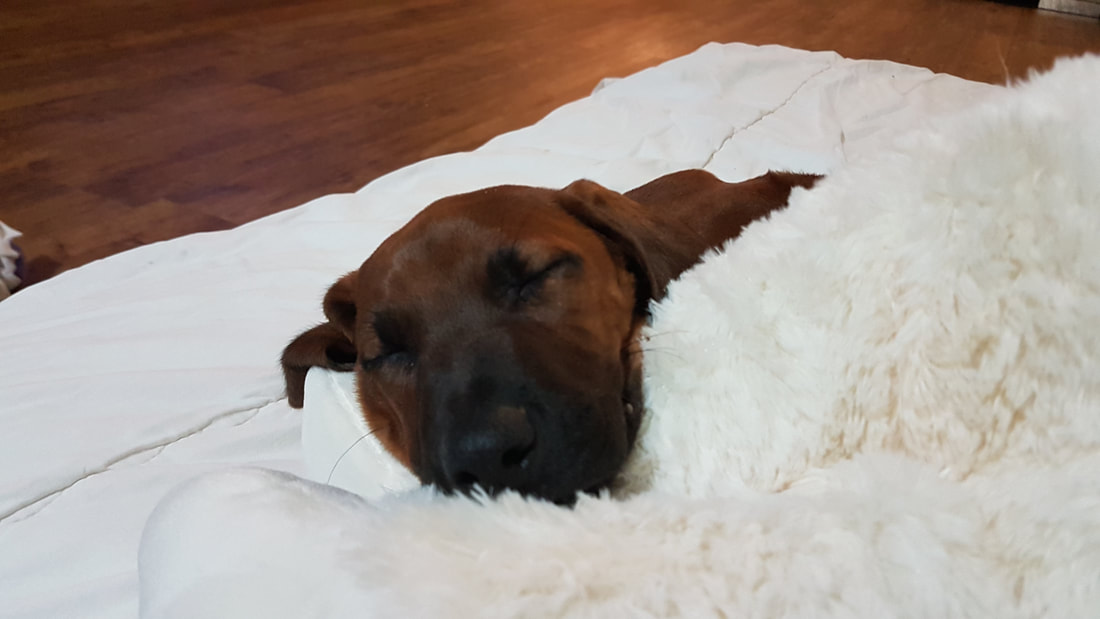
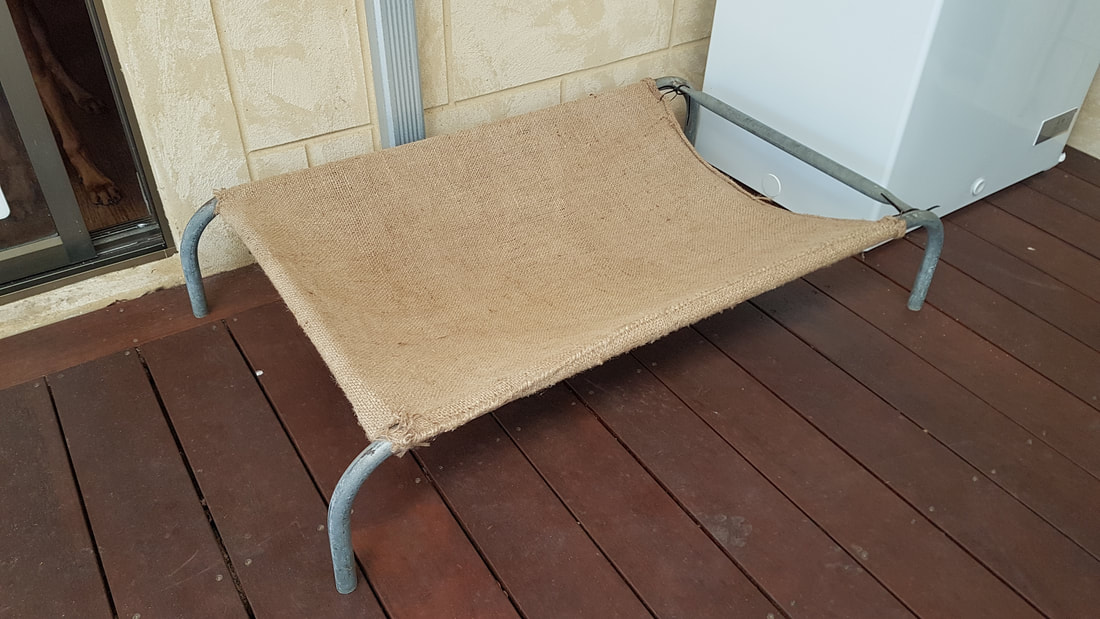
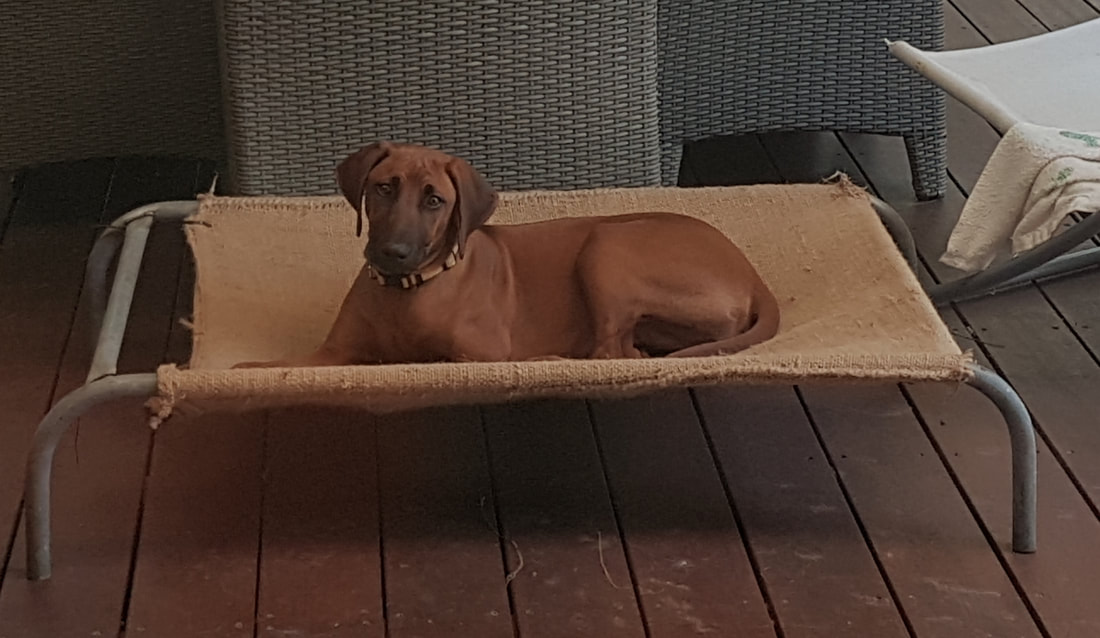
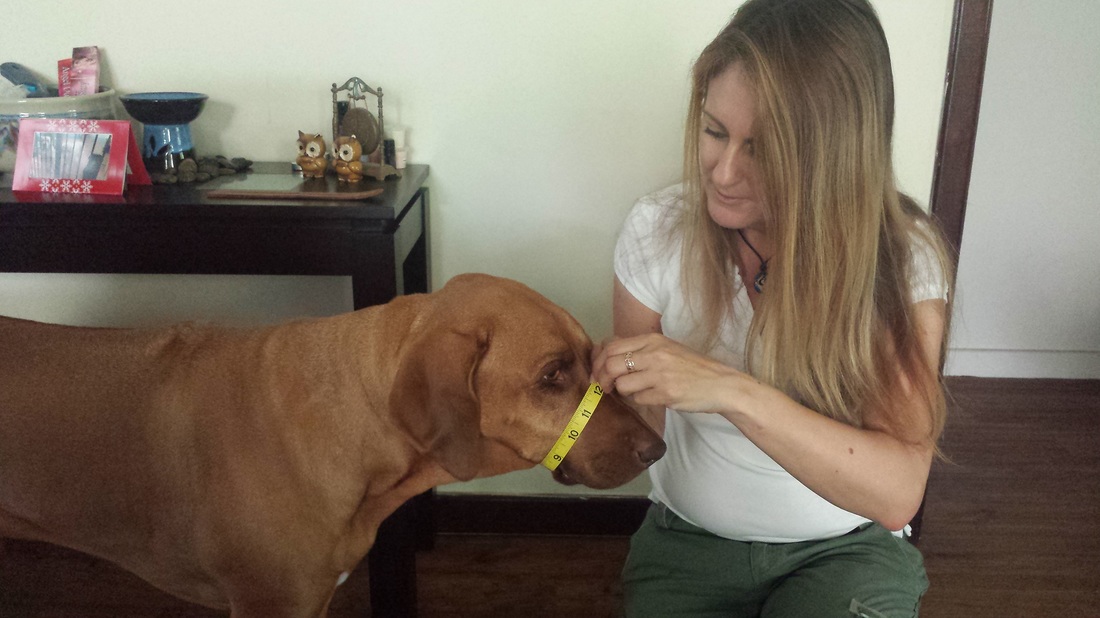
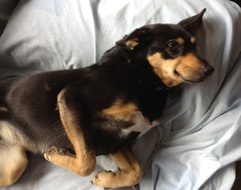
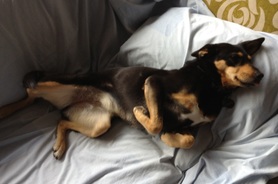
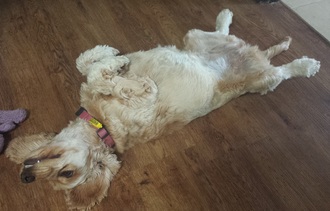
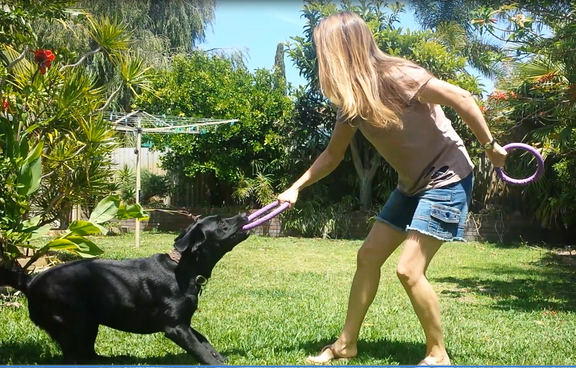
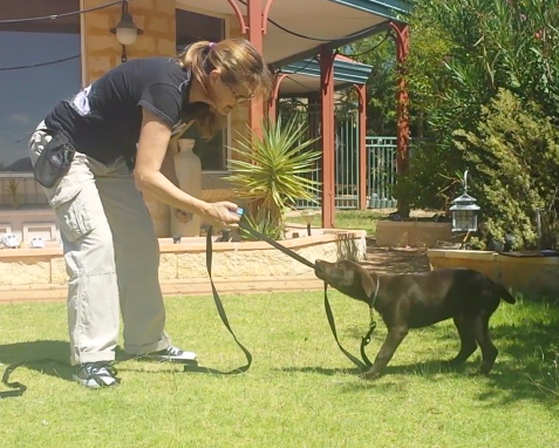

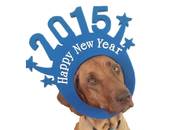
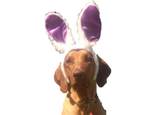
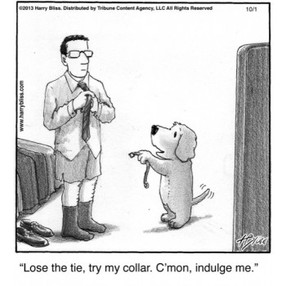
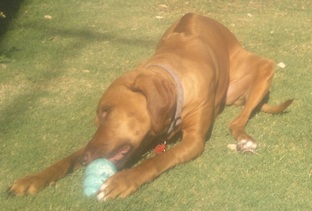
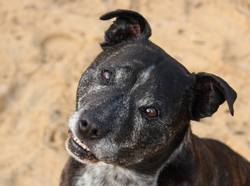
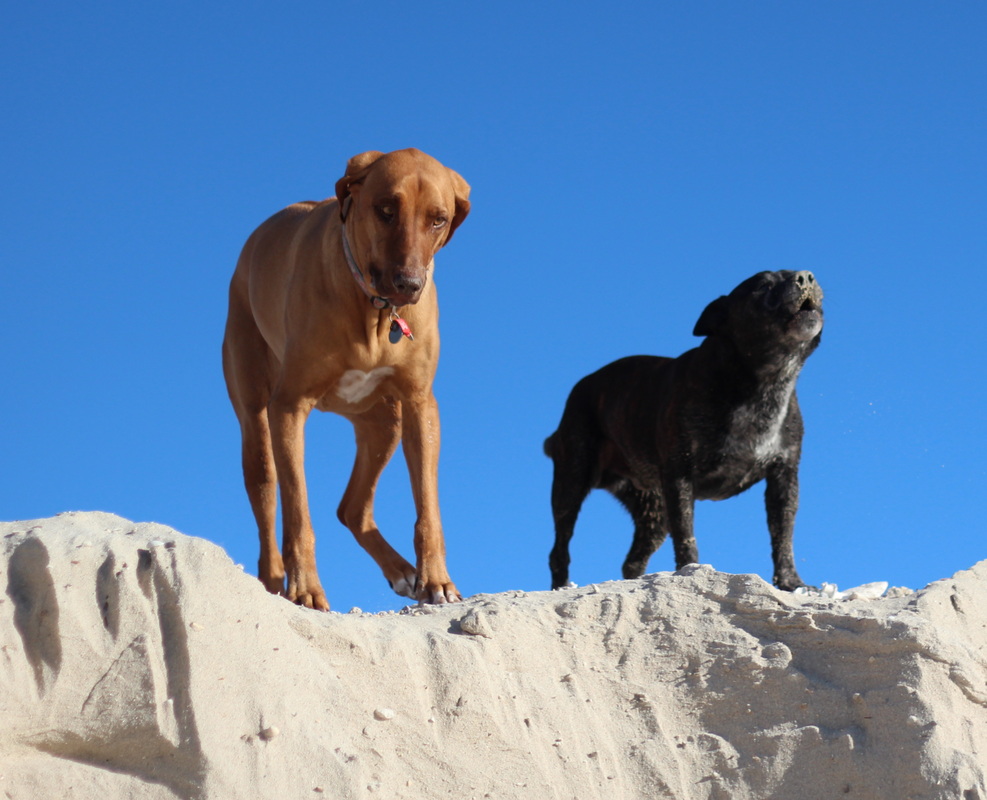
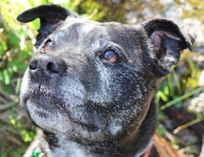
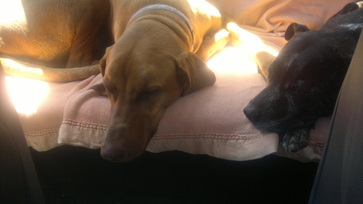
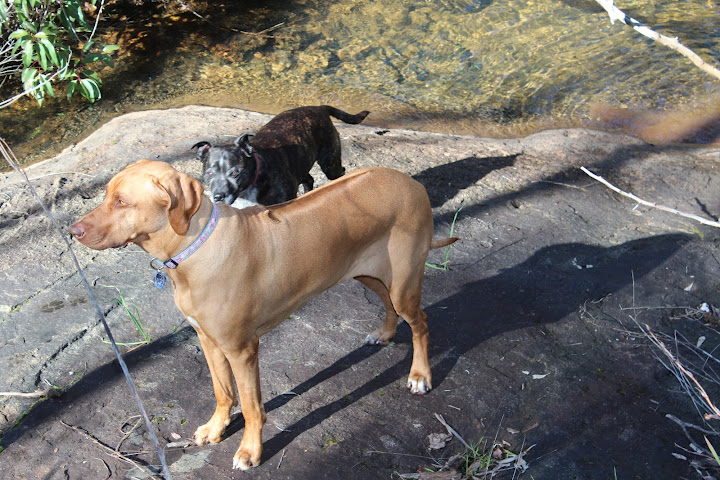
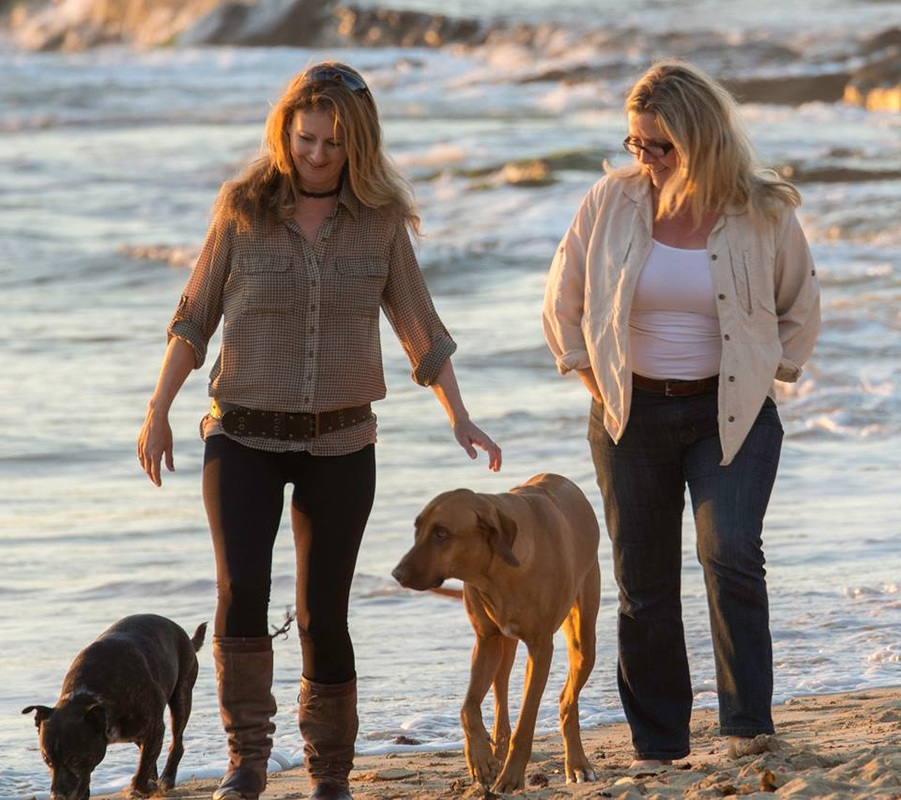
 RSS Feed
RSS Feed